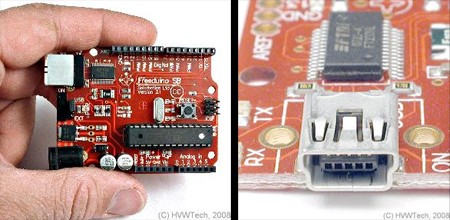
[IronGeek] has published his latest video how-to: DNS Spoofing with Ettercap. Ettercap is designed specifically to perform man in the middle attacks on your local network. It can do ARP poisoning, collect passwords, fingerprint OSes, and content filtering. For DNS spoofing, you just need to edit a config file that defines which domains resolve to which IP addresses. You can use wildcards for the domains. In the video, he uses Linux because the network interfaces are easier to remember. Once you’re done playing with DNS spoofing, remember to flush your local cache otherwise your browser will continue to go to the wrong IP.
[photo: mattdork]















